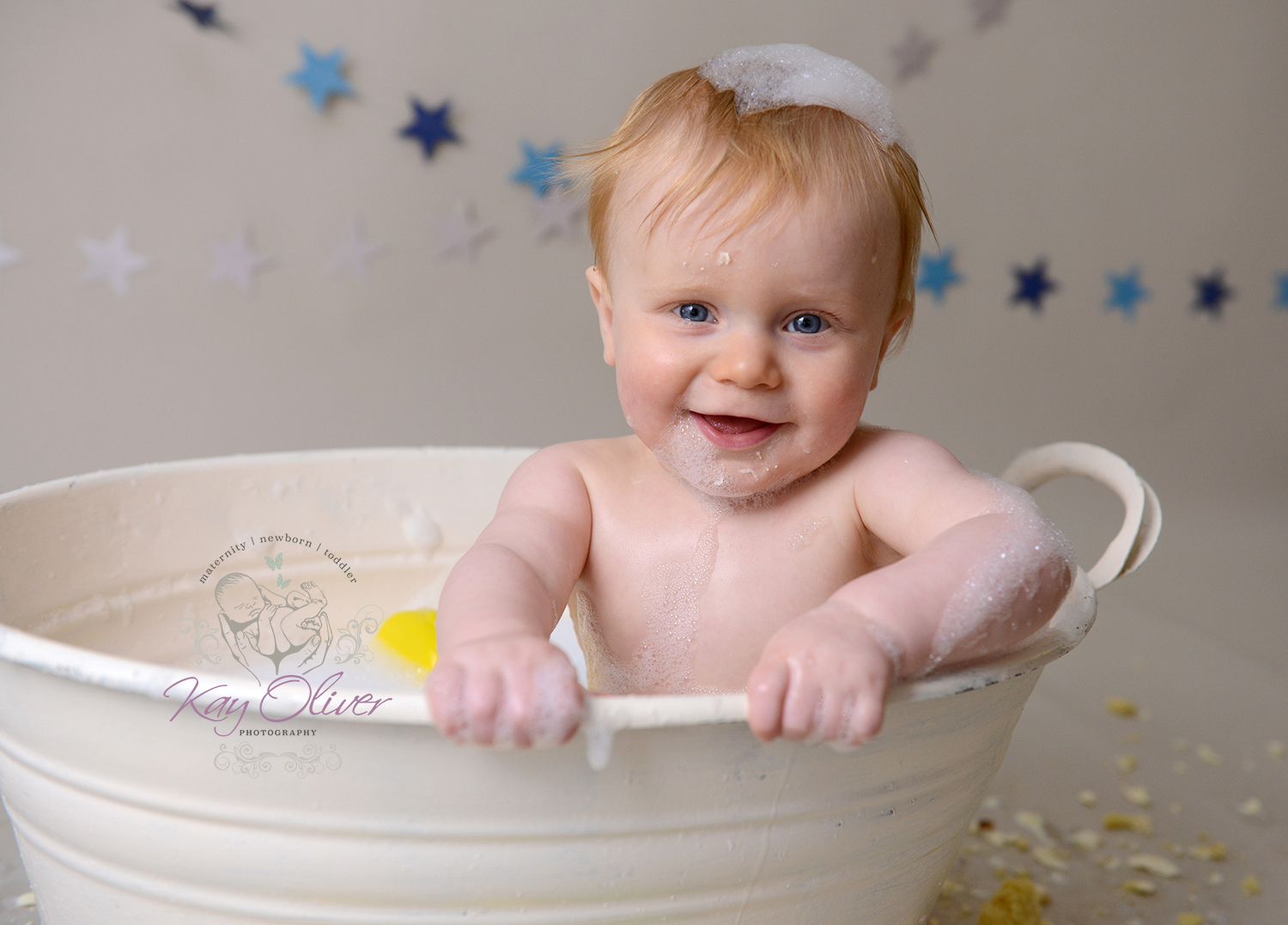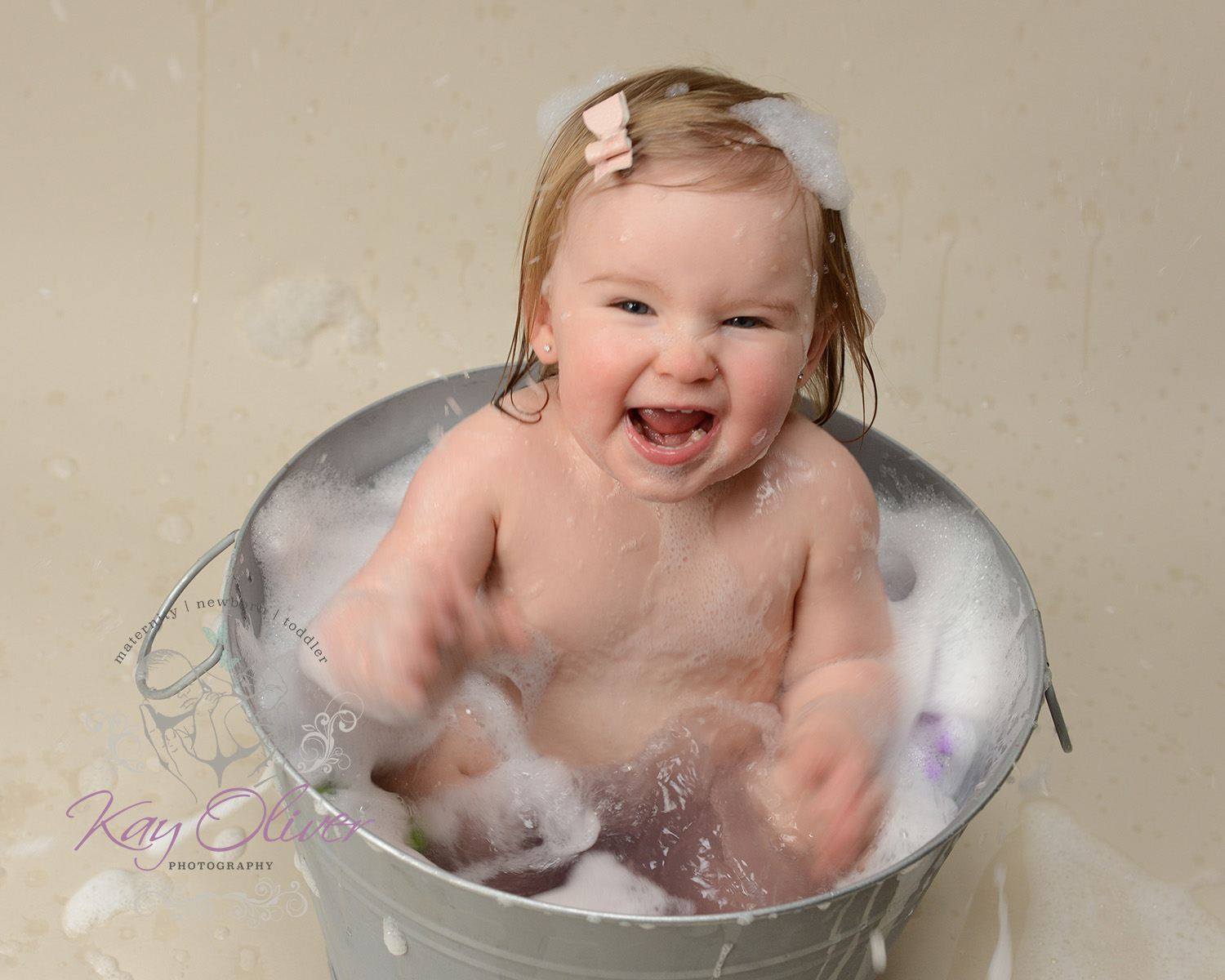Splish, Splash… Bath Time!

Bath time with baby can be fun – a bonding opportunity and chance to enjoy some uninterrupted one-to-one time together. But being faced with bathing a newborn can feel like a daunting prospect so here are some tips for a safe and enjoyable bath time experience…
Firstly, bear in mind that although it’s important to keep baby clean, you don’t have to bath them every day. Two or three times a week is fine and, when they’re very young, bathing them in just plain water is best – NHS guidelines suggest that soap, shampoo, or cleansers should be avoided for the first month.
On the days when you’re not bathing baby, you can use a method known as ‘topping and tailing’ to keep their bottom and face clean. It’s really important that the nappy area is cleaned after each change and also that the folds of skin around their neck and chin are kept clean and dry, as milk and dribble can easily collect here and soon create sore patches. An excellent step-by-step guide to topping and tailing can be found here: https://www.nct.org.uk/baby-toddler/everyday-care/guide-topping-and-tailing.
When you do give baby a full bath, you don’t have to do it in the actual bath! A baby bath or large tub is ideal, which you can use placed on a towel in any warm room, or even a large sink – you may find this easier than bending over a bath and keeping a safe hold of baby. Wherever you choose to bath baby make sure the room is warm so that you can undress them comfortably, and have everything you need to hand before you start – towel, changing mat, cotton pads, nappy, clean clothes – you won’t be able to nip off to get anything once you’ve started! It’s vitally important that baby is never, ever left unattended in the bath, even for a second. With that in mind, it’s best to rid the area of any distractions especially your mobile phone as your full attention needs to be on baby at all times.

Make sure the water is warm, but not hot – test the temperature with your wrist or elbow as these areas of skin are more sensitive than your hand. Talk to baby and reassure them while you’re undressing them, maybe sing a song or put some calming music on to create a relaxing atmosphere that they can begin to associate with bath time. Many choose to bath in the evening as part of a bedtime routine but you can do it at any time of day that suits you, there are no rules. It’s best done when baby’s not hungry, tired or full straight after a feed though – so you will need to choose your moment carefully!
If you’re unsure of the process of bathing your baby you could ask your midwife or health visitor for help and advice, or there’s a video on the NHS website which demonstrates how to bath baby safely, step-by-step: https://www.nhs.uk/conditions/pregnancy-and-baby/washing-your-baby.
Remember, while some babies love the sensation of being bathed others may be a bit taken aback! They’ll soon get used to it and the calmer you are, the calmer they will be. If they cry, just talk to them in soothing tones and reassure them; try not to panic and rush the process.
Sharing a bath with baby can be a lovely experience for you both and a chance to enjoy some skin-to-skin bonding, but be aware that getting in and out of the bath holding a baby when you’re both wet and slippery can be dangerous! It’s much safer to do it when your partner is around and can pass baby to you once you’re in the bath and then take them out to dry them when they’re done. The bath products you use won’t be suitable for baby’s delicate skin so don’t use any soaps, shampoos, bubble baths or body washes until baby’s out of the water.
Ultimately, bathing is functional, it’s a way to keep clean, but that doesn’t mean it can’t also be fun! Once baby is a little older, has got used to the sensation of the bath and enjoys bath time, you can start to introduce some toys so that they can play in the water and have some fun splashing around – the choice of toys is endless from squirters to water wheels, watering cans to good old rubber ducks and many, many more. Floating disco lights are even available to add a new dimension to bath time – watch baby’s face light up as the room explodes with colour! Bath seats can be used from 5 or 6 months of age, depending on the manufacturer’s recommendation, up to around 12 months or when baby is able to stand. These can help baby to sit up while they play in the bath or join in with a sibling’s bath time – but it must be stressed that they still need to be constantly supervised and should never, ever be left.

So, have fun, stay safe, and enjoy bath time with your little one. For many parents and babies, it’s the best part of the day!
Do you have any top tips for bath time? Did your baby love or hate their first bath? What routines did you adopt to make this a special, enjoyable time for you both? Did you use baby bath products, lotions or massage oils when your baby was over one month old, and if so, what are they and why do you use them? Does your baby have any favourite bath toys? We’d love to hear your thoughts and bath time top tips!

